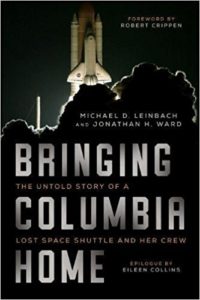I often file away interesting tidbits that I come across while meandering (um, wasting time) on the internet. These week, I’d like to reach back in the archives and share some items that I’ve shared in previous editions:
World Food Clock
I’ve shared this before, but it is worth sharing again – the folks over at WorldFoodClock.com have a fascinating website that gives a global picture of food production, food consumption and food waste – and then shares statistics regarding global malnourishment. I’m not entirely sure that the statistics are current for 2018…but even if they are not, it is a fascinating and thought-provoking infographic and interactive website. Be sure to explore each of the arrows that will direct you either down the page, or side to side: World Food Clock
How Americans Die
The folks over at Bloomberg presented this fascinating infographic a few years back, on “How Americans Die”. They take a look at all of the statistics – age of death, causes of death, trends and speculations on those trends. Also a bit outdated but still absolutely captivating and relevant – it would be interesting to see Bloomberg do an update on this piece: How Americans Die
Creative Routines
I guess I am all about the infographics tonight, because here’s another one from one of my favorite sites: Information is Beautiful. This infographic focuses on the creative routines of famous artists and thinkers, such as Beethoven, May Angelou, Charles Dickets, and one of my favorite – Victor Hugo. Click on the individual that most interests you, and take a look at their daily routine – maybe you will get some inspiration! Creative Routines
Columbia – The Tragedy and the Human Spirit that Led us to Fly Again
I’ve just finished reading “Bringing Columbia Home: the Untold Story of a Lost Space Shuttle and her Crew” by Jonathan H. Ward and Michael D. Leinbach. I highly recommend it. Sometimes I think we forget about the Columbia Tragedy, in the shadow of the equally horrific Challenger Disaster. Ward and Leinbach bring us the story of the crew, the NASA staff, and the folks of East Texas who found their lives forever changed when the shuttle broke up on reentry above their towns, and rained down mangled pieces of wreckage in their backyards, school playgrounds, pastures and forests. This is a story of resiliency and fortitude, as hundreds of people worked together to gather the space shuttle wreckage pieces, and bring the ship back home so that it could be “reassembled”, studied, and so that NASA could make critical improvements that helped to make space flight safer, and returned our shuttles to space to finish the International Space Station.
In the book, they mention a tribute video titled “16 Minutes from Home”. I’ve included it here – it’s a beautiful and touching memorial to our astronauts and to their beloved ship.



